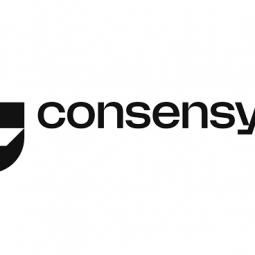Damien Hirst’s NFT Collection: A Case Study on the Palm Network
- Application Infrastructure & Middleware - Blockchain
- Networks & Connectivity - NFC
- Cement
- Electrical Grids
- Logistics & Transportation
- Procurement
- Experimentation Automation
- Last Mile Delivery
- System Integration
In July 2021, renowned artist Damien Hirst released his first NFT collection, 'The Currency', on Palm, an Ethereum sidechain. The collection consisted of 10,000 NFTs, each corresponding to a unique physical artwork stored in a secure vault in the UK. The project aimed to explore the boundaries of art and currency, challenging collectors to choose between the digital NFT or the physical artwork, with the unchosen one being destroyed. The challenge was to successfully allocate, mint, and distribute these NFTs to over 32,000 users from 130 countries who applied to purchase them. The process needed to be seamless and accessible, even for users new to the Web3 space. Furthermore, the project required a secure and efficient platform to handle the high volume of transactions and the unique nature of the NFTs.
The customers in this case study are the 32,492 collectors from over 130 countries who applied to purchase the NFTs. These collectors represent a diverse group, with 23% from the US and 17% from the UK. Many of these collectors were new to the Web3 space, while others were NFT and DeFi power users. They were attracted to the unique concept of 'The Currency', where they had to choose between the digital NFT or the physical artwork. The customers were required to pay $2,000 in ETH, DAI, BTC, or USD to receive an NFT. They were given the opportunity to exchange their NFT for the physical artwork two months after the drop, with a one-year window to make the decision.
To address these challenges, Hirst collaborated with HENI, Palm NFT Studio, and Consensys. Consensys leveraged services from Consensys Quorum, Infura, and Consensys NFT to create an accessible and seamless experience for users. They designed the drop interface, developed an easy registration process that required only a verifiable email, and integrated payment rails for both fiat and crypto. All 10,000 NFTs were minted using Codefi smart contract technology, and NFT images and metadata were hosted on IPFS using Infura services. The NFT claim and distribution to all collectors’ MetaMask wallets were facilitated, and KYC requirements for collectors were executed. Consensys Quorum enabled Palm to run a permissioned Ethereum network with enterprise-grade IBFT consensus, making Palm 99% more energy efficient. Infura powered the Palm experience by giving developers instant access to the Palm network via an RPC API.
Related Case Studies.











